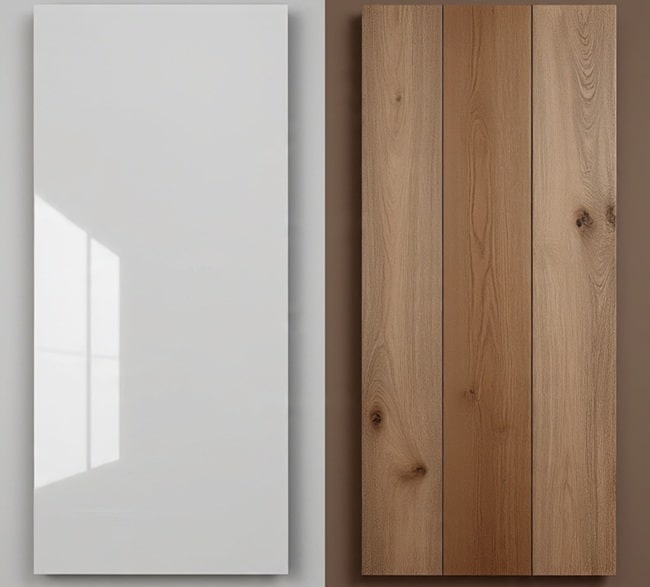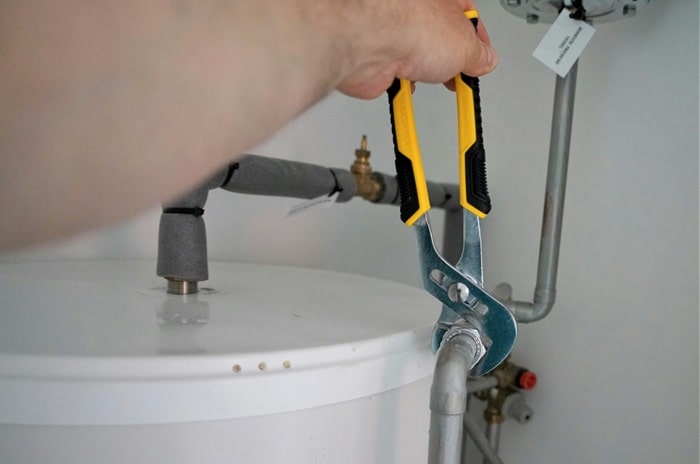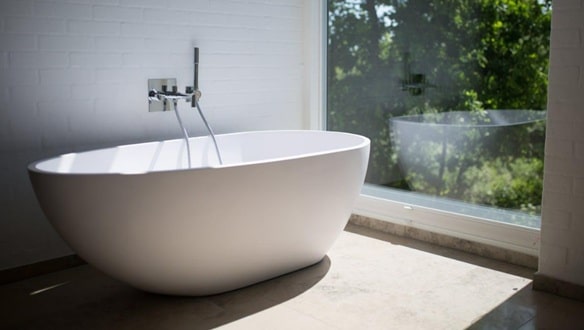DIY projects let you design and build exactly what you need, but the material you choose can make all the difference. Plastic panels and wood are two of the most popular choices, each with its own unique advantages and drawbacks. If you’re deciding which one is right for your project, keep reading for a clear, side-by-side comparison to help you choose with confidence.
Durability And Strength
When it comes to durability, plastic panels have a clear edge in resisting water, rot, and pests. They’re lightweight yet tough enough for regular household and workshop use. Thus, you don’t have to worry about swelling, warping, or cracking when exposed to moisture.
Wood, on the other hand, is naturally strong and can bear heavy loads. It’s an excellent choice for structural projects where strength is a priority. However, it’s prone to warping or rotting if it isn’t treated properly. Regular sealing or painting becomes essential to maintain its performance over time.

Maintenance And Longevity
You’ll find plastic panels far easier to maintain. A simple wipe down usually restores their appearance, and they don’t need ongoing treatments. For many DIYers, this low-maintenance quality is a big advantage, especially in projects like wall cladding or shelving. Simply Plastics supplies a range of recyclable options that not only last long but also support eco-friendly choices.
Wood requires more upkeep. Depending on the type, you may need to sand, stain, or varnish it regularly. While well-cared-for timber can last decades, the effort and cost of maintenance shouldn’t be overlooked.
Flexibility In Design
Plastic panels give you wide flexibility. They come in different colours, thicknesses, and finishes, so you can match them to modern or traditional styles. They’re also easy to cut to size, drill, or shape with basic tools, which makes them suitable for everything from craft projects to full room refits.
Wood is equally versatile but in a different way. It can be carved, joined, or reshaped to create unique designs. Its natural texture and warmth bring character that many homeowners still prefer. However, shaping wood often requires more advanced tools and skills, which may not suit every DIY enthusiast.
Cost Considerations
Budget plays a big role in most DIY projects. Plastic panels usually cost less upfront, especially when you consider reduced maintenance expenses. They’re also sold cut to size, so you can order only what you need, reducing waste.
Wood prices vary widely depending on species and quality. Softwoods like pine are affordable, while hardwoods such as oak or walnut can be costly. You also need to factor in protective coatings and potential replacements if damage occurs.
Environmental Impact
Sustainability is increasingly influencing DIY choices. Plastic panels often get criticised for being synthetic, but many are recyclable and made with eco-friendly processes. Suppliers that prioritise recycled plastics help reduce the overall environmental footprint.
Wood is renewable if sourced responsibly, and certified timber ensures trees are replanted to balance usage. However, poor forestry practices can raise concerns, so checking for certification is vital if you want your project to remain environmentally responsible.
Making The Right Choice For Your Project
The decision between plastic panels and wood largely depends on your project’s purpose. If you’re building something that needs to resist moisture or requires minimal upkeep, plastic panels may suit you better. For projects where natural beauty, tradition, and heavy load-bearing matter more, wood is hard to beat.
Ultimately, both materials have their place. By weighing the advantages of each, you’ll choose the one that fits your DIY needs, budget, and style. Whichever you pick, the right preparation and care will ensure your project looks good and lasts.

